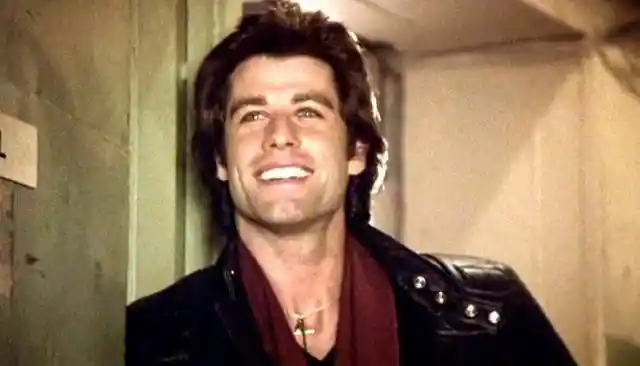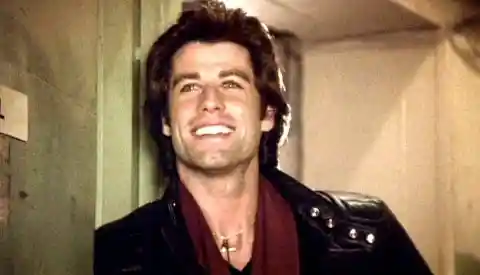In 1994, Tom Hanks gave one of the finest performances of his career in the Robert Zemekis-directed film Forrest Gump. The perfect blend of palpable humor and emotional depth, the film managed to resonate deeply both with moviegoers and with critics. It performed exceptionally well at the box office.
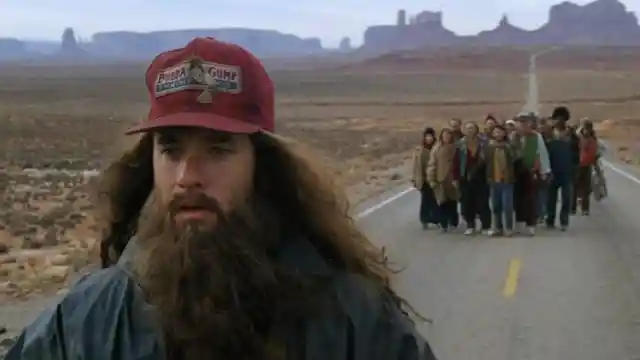
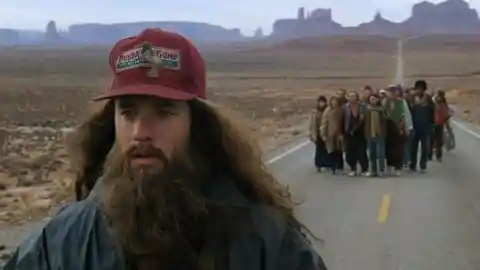
At the 67th Academy Awards, it won about half of the dozen awards for which it had been nominated. However, there are several aspects about the film that remain unknown even to the most keen Forrest Gump fans. Fortunately, we’ve gathered them all for you!
Hold your shrimps, there's more...
Bubba Gump
It was Forrest’s good friend at war Bubba whose lifelong dream was to reign over the shrimping business. He even invited Forrest to join him once they were done with the war. Sadly, Bubba died in Vietnam.
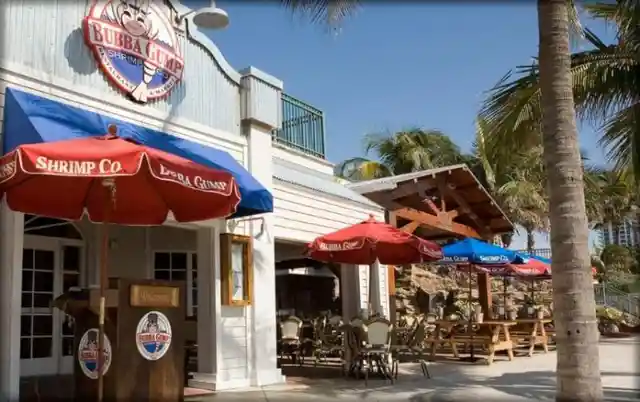
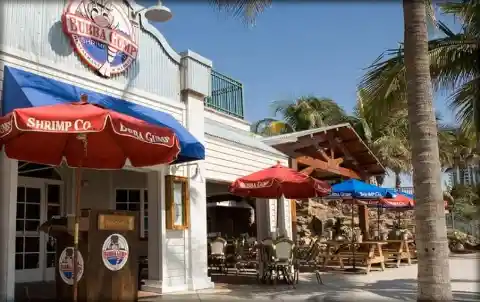
But Bubba would be pleased to know that his legacy lives on! In real life, you can patronize any number of Bubba Gump Shrimp Co. locations across the United States and around the world. Countries that boast locations include China, Japan, Mexico, and Malaysia.
Real Life–Almost
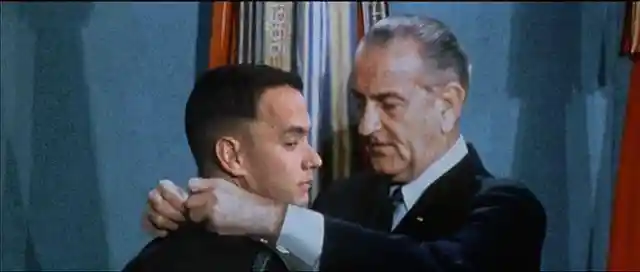
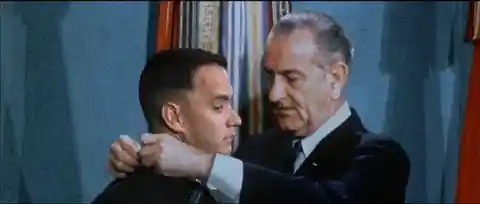
When Gump meets Lyndon B. Johnson and goes to receive his Medal of Honor, you might be shocked to learn that that is real footage you saw. Of course, it was not footage obtained by the Forrest Gump crew. Rather, that bit of video comes from the 1968 ceremony of Sammy L. Davis, who did, in fact, receive this prestigious award for his service in Vietnam.
Hanks’s face was just slapped onto Davis’s body, to give the illusion that Forrest actually was standing face-to-face with President Johnson.
A Mock Vietnam
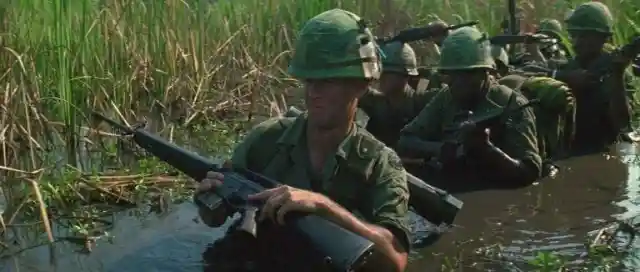
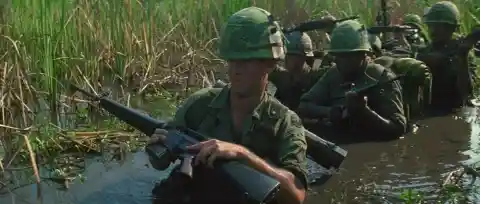
Obviously, the war scenes were not shot in Vietnam. It was all Hollywood magic that achieved that atmosphere: the muddy ground, the raucous jungle, the reedy swamps. So how did they do it?
Believe it or not, the Vietnam War scene in Forrest Gump actually unfolded on a golf course on Fripp Island, just off the coast of South Carolina. To give the sprawling green that earthy Vietnam jungle feel, CGI worked its magic.
A Confusing Death
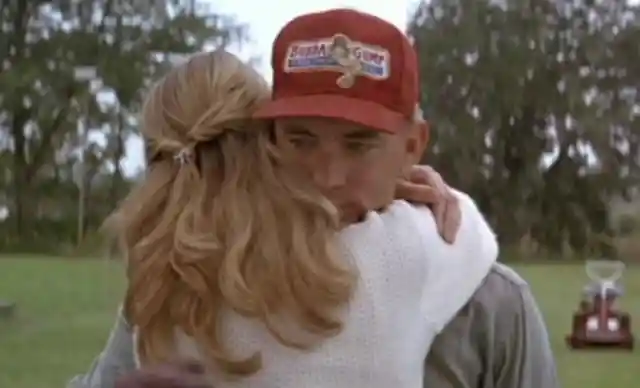
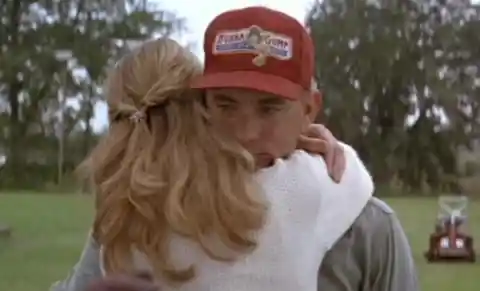
In the film, Forrest’s love interest, Jenny Curran, falls victim to an unknown virus and tragically died just one year after the two are married. The virus is never named but since it took place during the height of the AIDS crisis in the United States, the audience was left assuming she died of the AIDS virus.
But that isn’t what the author had in mind when he wrote the book. In Groom’s sequel novel, Bubba & Co., the author reveals that Jenny was actually infected with hepatitis C from her drug usage.
Perfecting the Accent
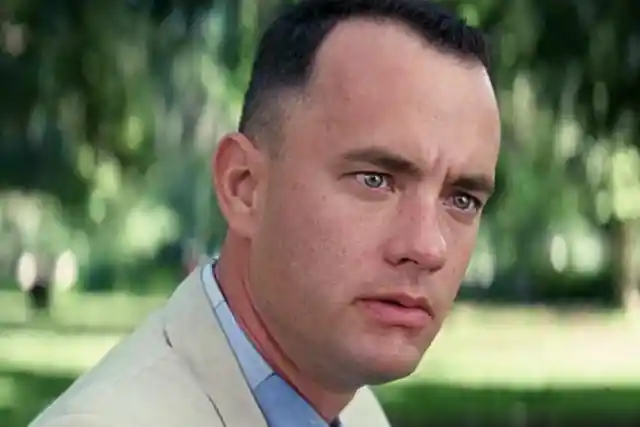
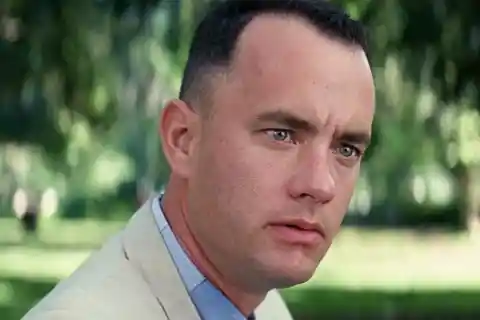
Perhaps one of the main characteristics that make Tom Hanks’s portrayal of Forrest Gump so endearing is his distinct accent. Of course, that is not the actor’s natural accent, so it took some effort and time to perfect. It helped that he had someone whose voice he could use for inspiration.
In the end, Hanks modeled the accent he adopted after one of his costars, Michael Conner Humphreys, who played young Forrest in the film. Humphreys went on to win plenty of critical acclaim of his own, perhaps most notably a Young Artist Award.
Just Another Country Bumpkin
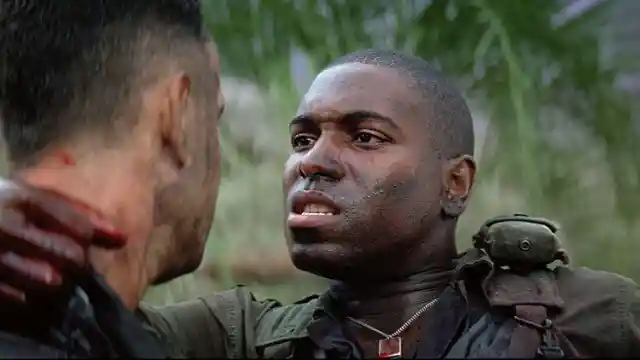
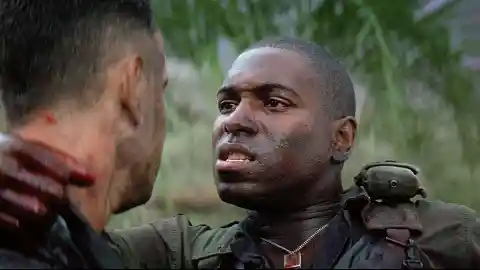
In a strange turn of events, Mykelti Williamson’s role as Bubba in the film actually ended up hurting his career. In fact, Williamson was so convincing in his acting part that most people believed that director Zemeckis “had discovered some weird-looking guy and put him in front of the camera.”
Unfortunately for Williamson, that’s also what casting directors thought. The seasoned actor has stated that performing in the movie made it difficult for him to find work afterward. Thankfully in an appearance on “The Late Show With David Letterman” he was able to clear the air.
A Little Improv
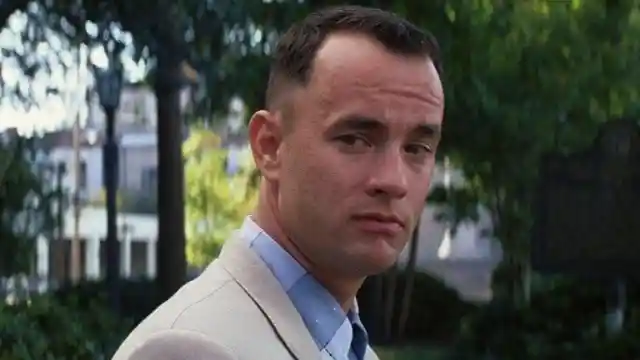
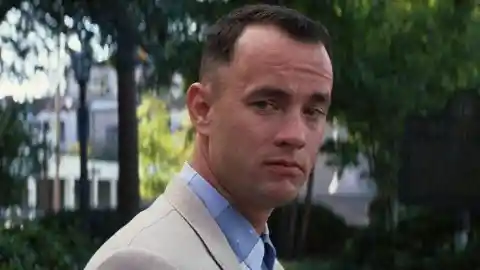
“My name is Forrest Gump. People call me Forrest Gump.” When Tom Hanks’s character uttered these words, he managed to do so with such a sense of authority that the line quickly became one of the film’s most memorable.
However, that was not originally in the script. Tom Hanks brainstormed it while on set. Director Zemeckis liked the line enough to allow Hanks to say it for real–and it clearly paid off.
The Ultimate Elvis Impersonator
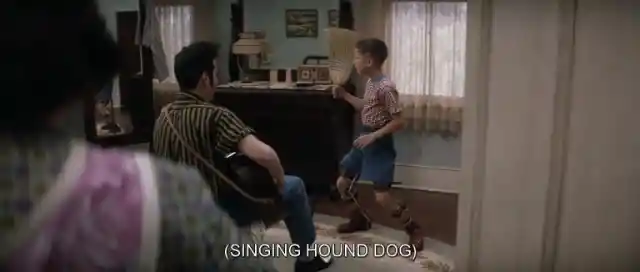
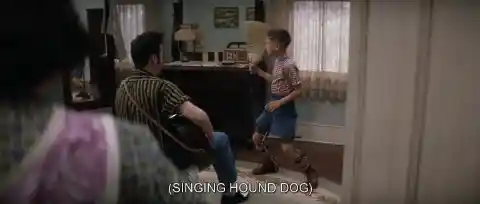
Another man involved in Forrest Gump went uncredited in the end. That man was Kurt Russel, who actually provided Elvis with his signature voice and did so very convincingly.
You will not see his name when the credits roll, however. But if you do want to show Russel love for his exemplary Elvis impersonation, you can watch him in the 1979 made-for-television movie Elvis.
Wait, I Wasn’t The Lead?
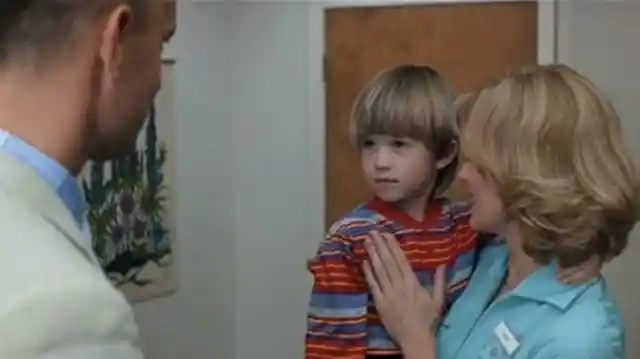
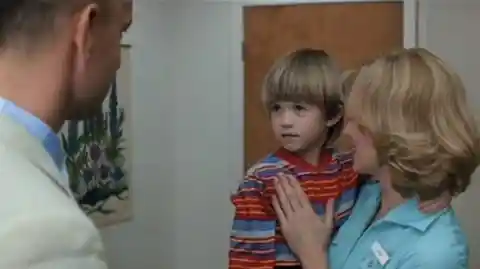
The movie was the very first feature film role for child actor Haley Joel Osment, who was only four years old at the time. Being so young he didn’t quite grasp everything that was going on around him. When Tom Hanks received his AFI Lifetime Achievement Award, Osment fessed up to the fact that he had thought back then that he was actually the lead role and not Hanks.
Osment played the role of Forrest Gump Jr. in the film and didn’t make the connection that he wasn’t Forrest Gump himself. The movie helped Osment jump-start his acting career. Shortly after, he landed starring roles in The Sixth Sense and Pay It Forward. He has also voice acted for all the Kingdom Hearts video games.
The Other Brother, the Runner
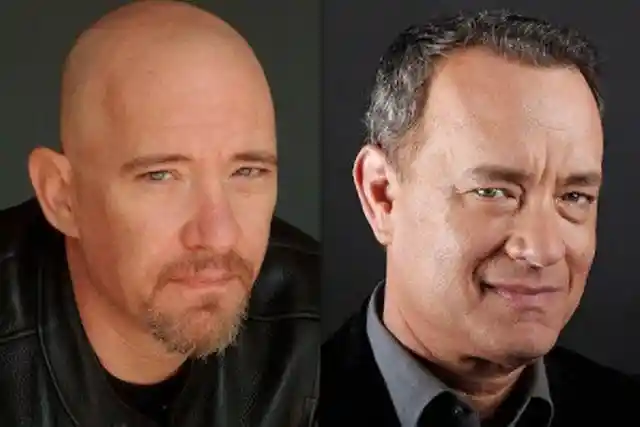
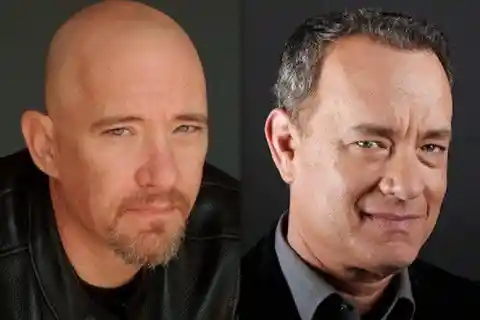
“Run, Forrest! Run!” The line has endured over the years. After all, Forrest Gump was indeed on the run for large portions of the film. Actor Tom Hanks, however, did not do much running at all in his spare time.
However, his brother Jim Hanks was actually quite the runner. He also happens to look a lot like Tom. Thus, the solution was simple: swap out Tom for Jim whenever Forrest had to be shown running long-distance.
Coming of Age
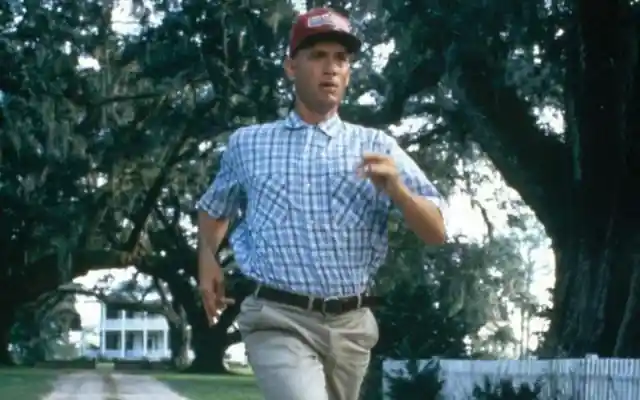
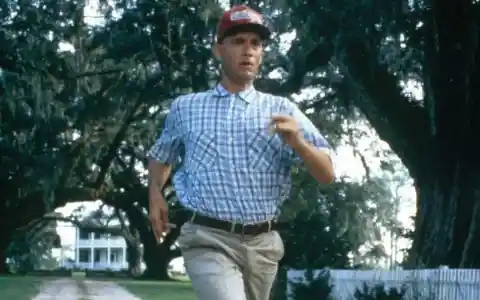
There is a lot of growing up in Forrest Gump. In fact, watching the kind-hearted young Forrest grow to be the same good-natured older man is perhaps one of the highlights of the films. All at once, we the audience witness so much change about him as so much also remains the same.
His growth occurs in graceful transitions. These transitions are so graceful and subtle that you might have even missed one detail: in the first scene of each of these transitions, Forrest is sporting that same shirt, which is blue and a distinct plaid pattern.
Groovy Dudes
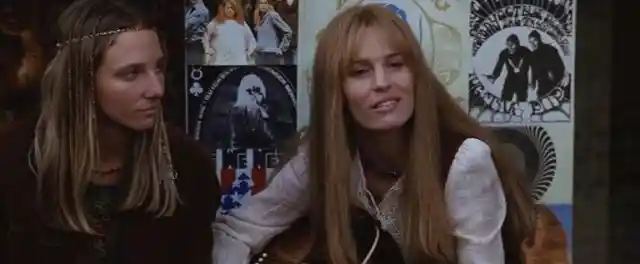
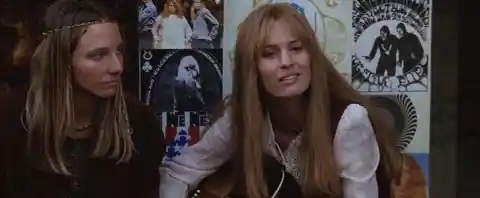
If you recall the hippie scene of the film, you might remember all those jaw-dropping hairstyles. You might have also been wondering to yourself: who had time to make sure all those hairdos were in order for just these couple moments?
As it turns out, this scene was shot someplace where people donning long, unruly hair were plentiful. And it was not a hippie commune. Rather, the brilliant minds behind the film decided to retreat to a creative place where people went all out with fashion: the Maryland Renaissance Festival.
The Bench Behind It All
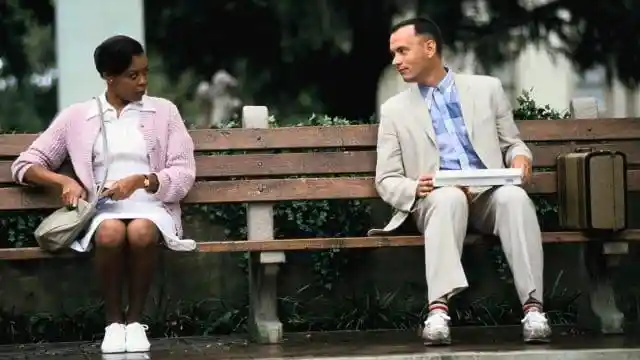
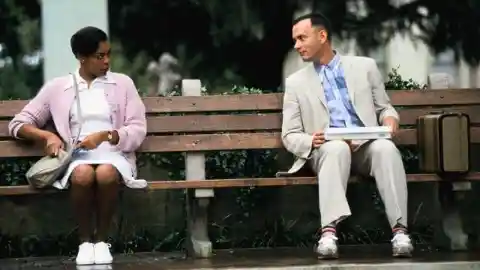
Few movie props are more iconic than that ordinary bench on which Forrest Gump sat while waiting for his bus in Savannah, Georgia. What became of that bench after it was all said and done? Was it left to live out its days in the scorching Southern sun, wishing those who sat upon in farewell as they boarded their buses?
Actually, officials in Savannah found that bench to be a bit too much of a treasure to allow it to remain vulnerable to the general public. There would just be too great of a chance someone would try to take off with it to make a quick buck. Mischievous kids might get ideas and deface it with crude graffiti. Thus, the bench was removed. But never fear! You can still see it for yourself at the Savannah History Museum.
The Moving Speech
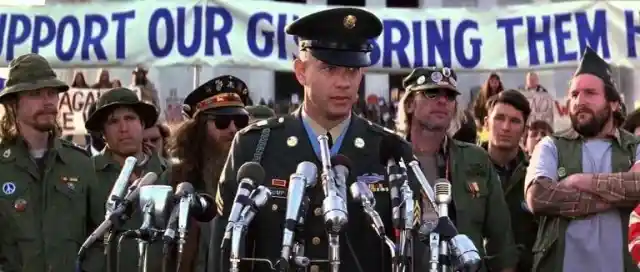
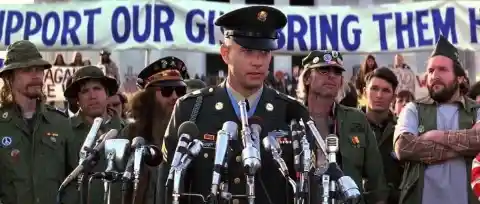
As you probably have guessed by now, and probably know yourself if you are a big fan of the film, Forrest Gump is rife with significant scenes. Perhaps one of the most poignant yet is the one in which he stands proudly before an eager audience in Washington, D.C., prepared to give a harrowing speech.
Of course, the microphone ended up cutting out, which is a shame because Tom Hanks’s character actually had something meaningful to say. This is what he said at that moment: “Sometimes when people go to Vietnam, they go home to their mamas without any legs. Sometimes they don’t go home at all. That’s a bad thing. That’s all I have to say about that.”
Historic Mistake
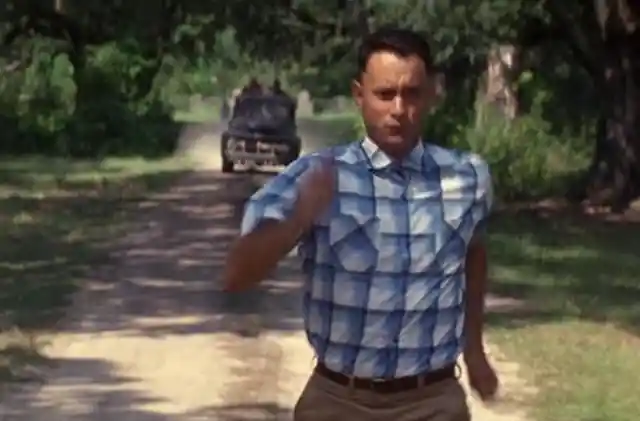
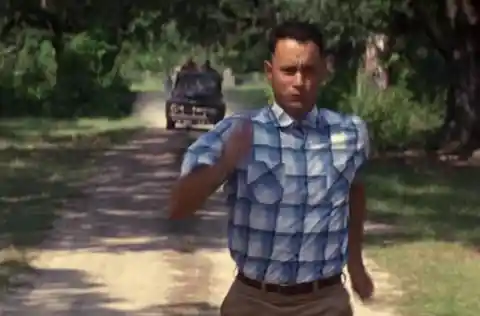
One mistake you might have missed in the movie took place in the timeline for the running scene. In the film, Hanks states that he was running for three years and two months. But if you look closely that just doesn’t add up.
He started running the day that President Carter collapsed from heat exhaustion on October 1, 1979, but then by the time he receives Jenny’s letter after the race, President Reagan’s assassination attempt is breaking on the news, making the run only around a year and a half.
More Bubba Legacy
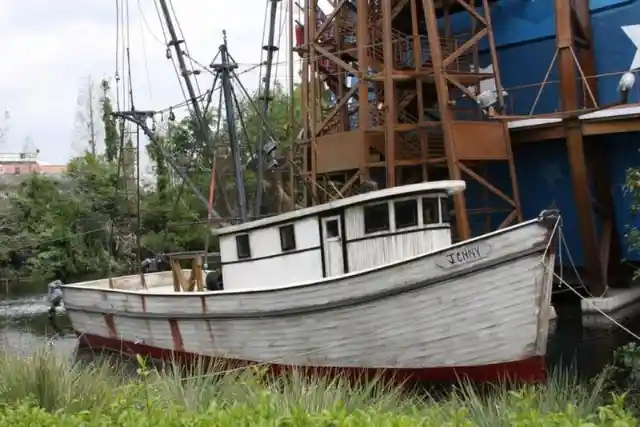
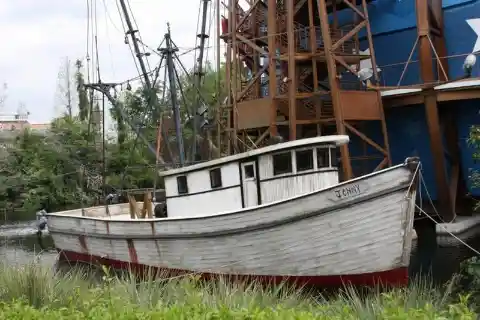
It has already been established that fans can get a taste of the rich Bubba Gump experience in any number of locations around the world. If you visit Orlando, Florida, you will be in for a treat even more special than one of Bubba’s signature shrimp dishes.
In Downtown Disney, fans can see the actual shrimp boat that appeared in Forrest Gump, alongside a moat that surrounds the Orlando restaurant. If you go into the actual restaurant for a quick bite to eat, you can see one of the ping pong paddles Tom Hanks used in the film hanging up for all to admire–and it is autographed!
Mother Dearest
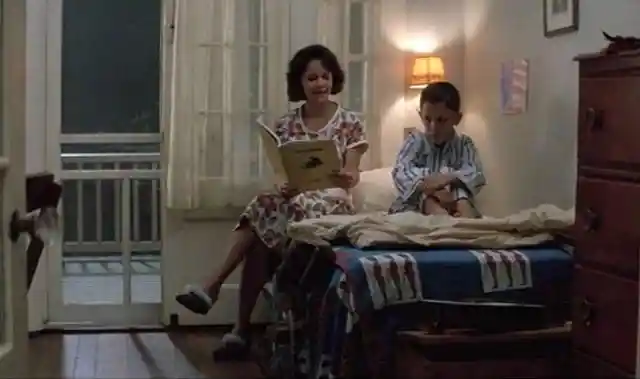
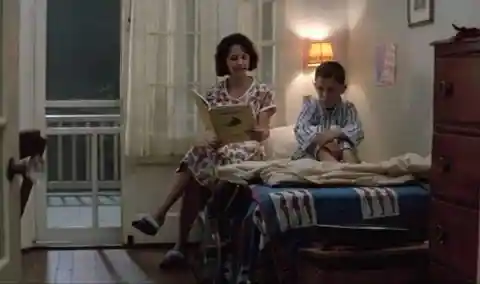
In the film, it is clear that Forrest Gump had quite the close relationship with his mother. He relayed much of the brooding wisdom he imparted upon him, wisdom you would expect from a woman who had been on the planet awhile.
In fact, the actress who portrayed Forrest Gump’s mother, Sally Field, is not much older than Tom Hanks. She beats him out by just a little over a decade. Still, she managed to play one perfectly loving mother.
Out Sick?
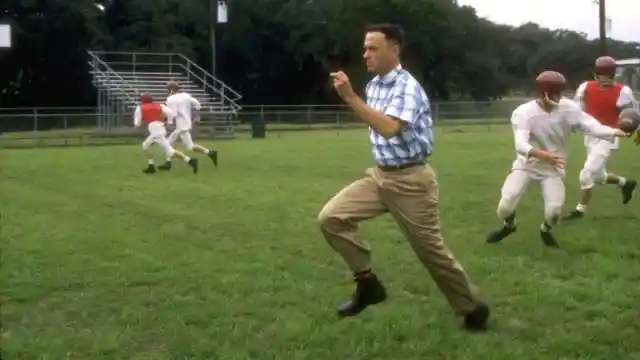
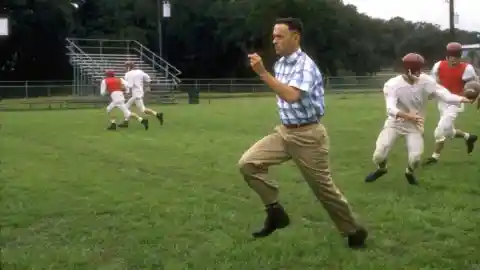
Who wants to go to work sick? This is especially the case if you have to do something rather notable once you get there, like shoot a significant scene for a highly anticipated film you are starring in.
Alas, sickness befell Tom Hanks on a very important day of shooting. Specifically, he was set to appear in the football running scene and managed to make it. He just also happened to be suffering from the flu all the while.
Clean Adaptation
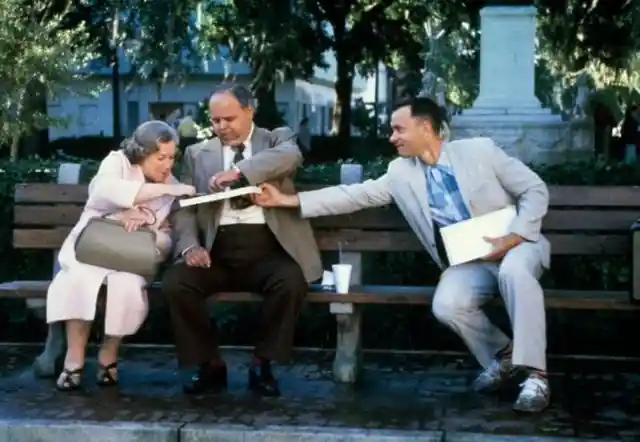
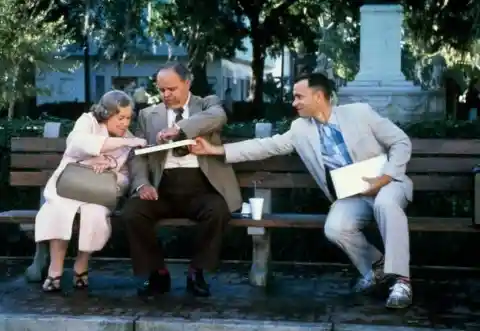
As has already been mentioned, the film version of Forrest Gump differs in some ways from the novel on which it was based. Most of the changes concerned the character Forrest Gump. In the film, he has a lovable childlike naivety that was actually more of a wry cynicism in Groom’s novel.
Perhaps one of the biggest modifications yet went to one of the film’s most memorable lines yet. Yes, that box of chocolates line so many of us hold dear.
In the book, the quote was quite different and even took a tone almost opposite to what we received in the film. The quote is as follows: “Let me say this: bei’n a idiot is no box of chocolates. People laugh, lose patience, treat you shabby. Now they says folks s’posed to be kind to the afflicted, but let me tell you – it ain’t always that way.
Even so, I got no complaints, cause I reckon I done live a pretty interestin’ life, so to speak.”
The Ping-Pong Championship
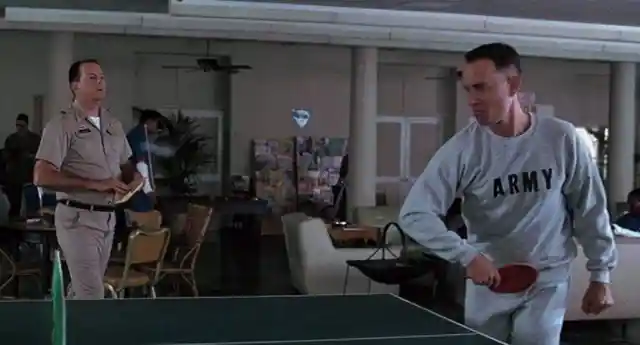
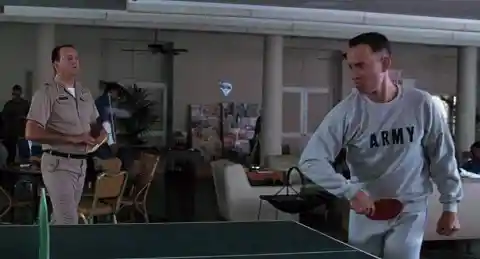
Forrest Gump turned out to be a ping-pong master and learned how to play the game while recovering from the brutal war. Specifically, a fellow soldier taught him a thing or two about the game.
Most important, he was never to let his eyes leave the ball. And if you pay close attention to the ping pong scenes from then on, Tom Hanks’s gaze in fact never drifts from the ball. He never so much as blinks. Now that is dedication.
Hidden Professions
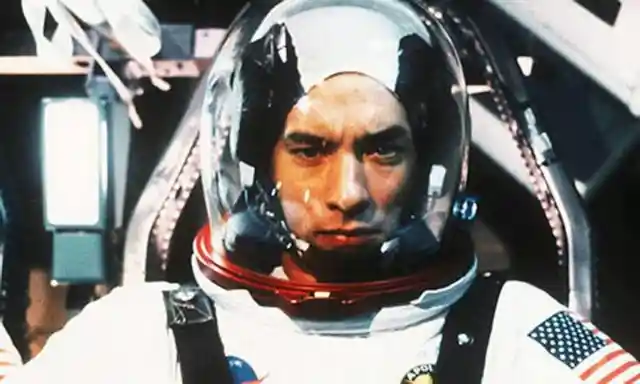
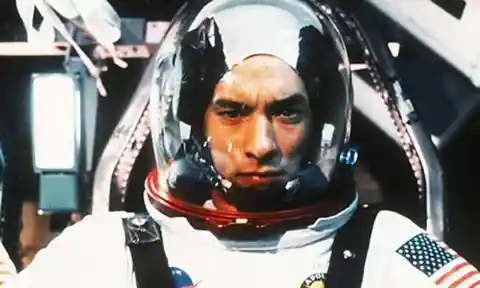
If you thought Forrest Gump could do it all in the film–from landing a spot on a major football team to fighting in Vietnam to dominating in an international ping pong championship–you might be shocked to learn that his areas of expertise were even more expansive in the novel.
Novelist Winston Groom also described his character as a premier chess player, a skilled professional wrestler, and even an astronaut. Sadly, you can only fit so much into one film.
Racial Exploitation
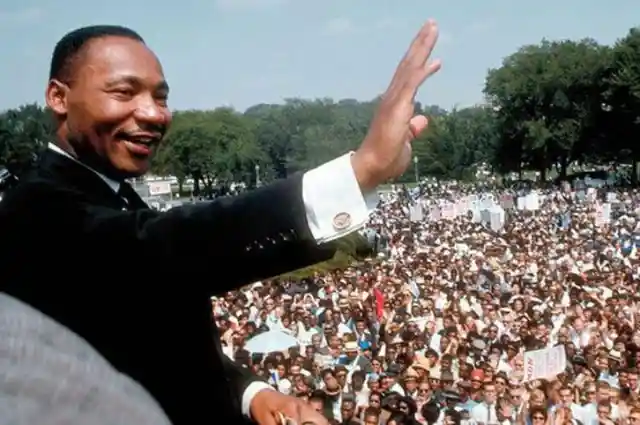
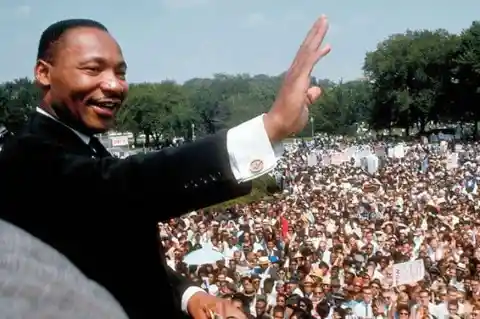
Forrest met numerous famous and historical icons during the film such as Elvis, Lyndon B. Johnson, John F. Kennedy, John Lennon and Richard Nixon. But one famous figure was actually cut from the movie completely, namely Rev. Martin Luther King, Jr.
The scene featured riot police releasing german shepherds on Rev. King and his supporters. Forrest then jumps in and distracts them with a game of fetch. The director ultimately left the scene out because people felt it cheapened the very real injustice of racial inequality and was quite frankly in bad taste. The cut-scene can be found on the special collector’s edition DVD.
The Grueling Project
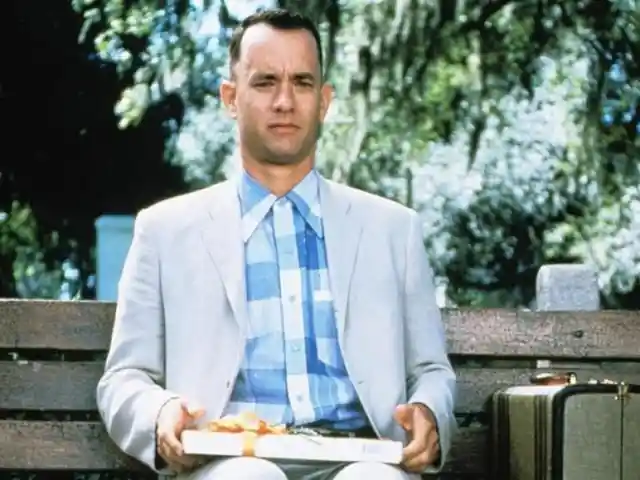
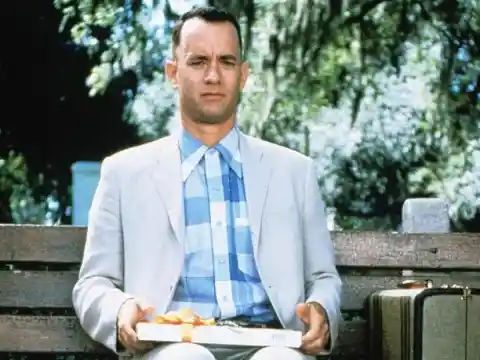
As much as so many of us enjoy Forrest Gump today, it was not exactly an easy project to get off the ground. In 1985, the film’s producer Wendy Finerman noted the novel and saw in it potential for a feature-length film. Sadly, very few other people saw that potential.
She pitched the idea to one Hollywood big shot after another, but she failed to convince any one of them to take a chance. But then she got hold of Tom Hanks, and he was almost instantly sold. Thanks to Tom Hanks’s faith in the film, we get to enjoy him in it today.
Actor for a Day
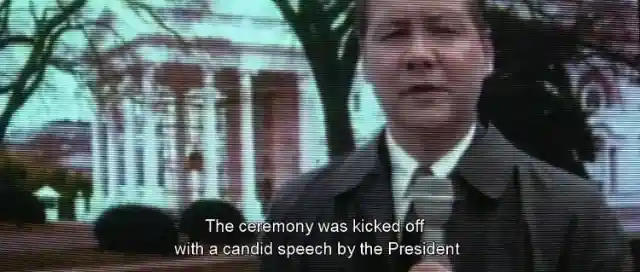
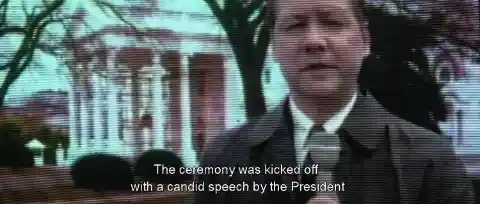
Can you imagine getting the opportunity to appear briefly in what would go on to be a blockbuster film, simply because you happened to be at the right place at the right time? That is exactly what happened to one tourist who was exploring Capitol Hill with his wife while Forrest Gump was being filmed there.
He and his wife hailed from Atlanta, Georgia, and were approached and asked to read a few lines off a script. The result? That lucky man got to report on Forrest Gump’s appearance in Washington, DC!
Good Ole Southern Filming
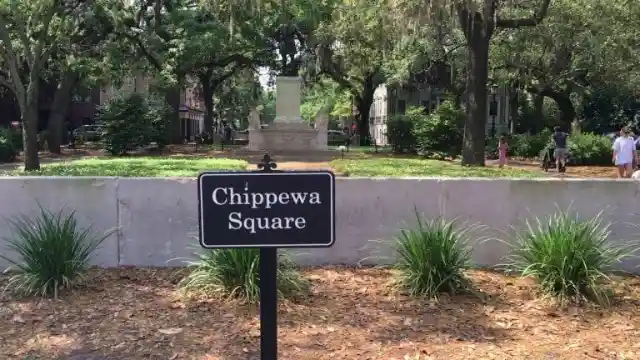
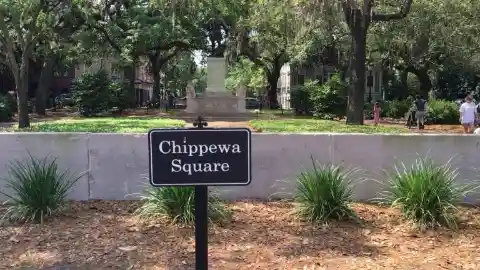
It is hard to deny the Southern charm that radiates from this film. After all, it is grounded in Alabama, and Forrest’s endearing accent is hard not to love. However, the film, for the most part, was actually shot elsewhere to maintain that sunny Southernness we have come to adore.
More precisely, many scenes were shot in Beaufort, South Carolina. Moreover, we also got glimpses of scenic coastal Virginia and North Carolina as well. Georgia also made an appearance in many key scenes. Pictured above is Chippewa Square, located in Georgia.
Perfecting Peace
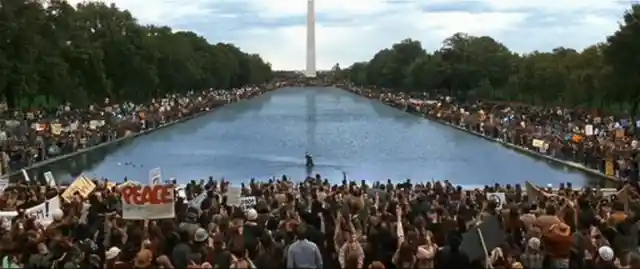
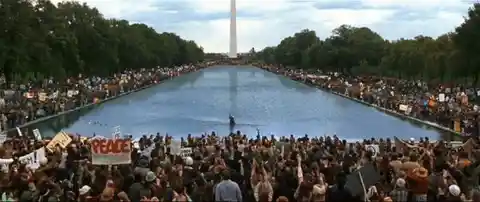
Remember that peace rally at the Lincoln Memorial? You might recall how chaotic that backdrop seemed. At the same time, though, something about it seemed so deliberate. And indeed, that was the case. Directing 1,500 extras to do what you want them to do when you want them to do it all at once is no easy task.
Add to that the fact that the scene called for much more than just 1,500 eager souls. That number would have to be multiplied several times over. Miraculously, though, the number of actors that actually made up the scene remained 1,500. It was thanks to the marvels of digital editing that made expanding that crowd possible.
Doing that required making sure all extras were in the proper place. This took about two whole days to achieve! Fortunately, it was accomplished, and there is now a very masterful scene to show for it.
Gump & Co.
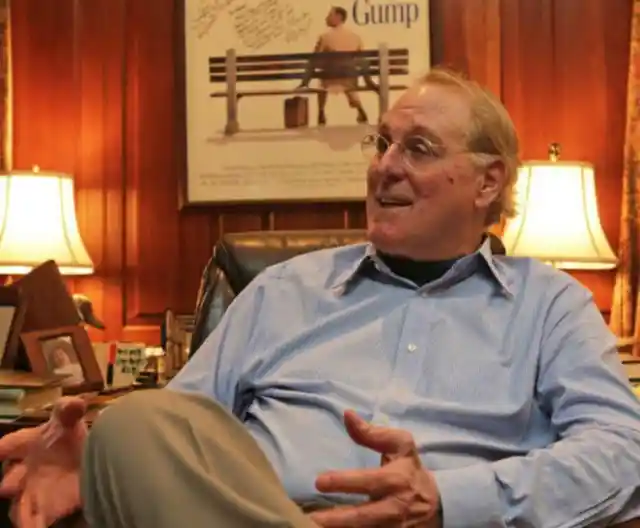
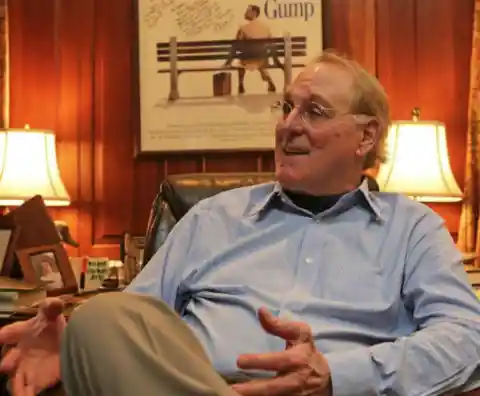
On the first page of Winston Groom’s lesser-known sequel book, Bubba & Co., Forrest tells readers, “Don’t never let nobody make a movie of your life’s story.” A very unsubtle jab at the directors of Forrest Gump. And if you thought the first book was a bit outlandish, the second really takes the cake.
In Bubba & Co., Forrest takes his dim-witted shenanigans to the next level. He accidentally takes out the Berlin Wall, gets involved with the Iran-Contra affair, fights in Operation Desert Storm with a chimp companion and even crashes the Exxon Valdez. Talk about a wild ride! Good luck trying to make that into a movie, Hollywood.
The Real Long Run
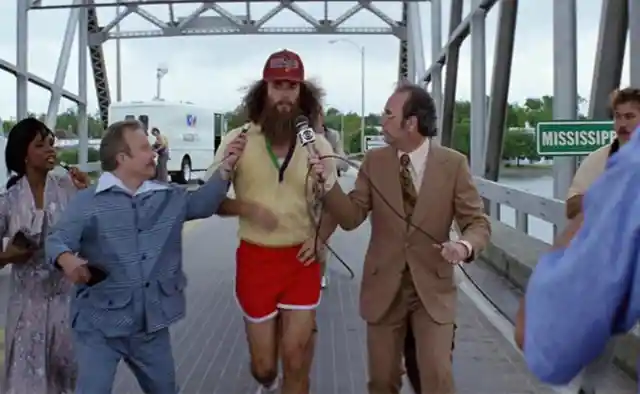
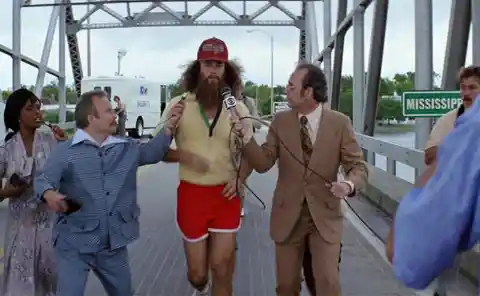
Did you know that Forrest Gump’s cross-country run was actually inspired by a real-life event? It was! At the young age of 16, Louis Michael Figueroa ran all the way across the United States from New Jersey to San Francisco.
The story is actually quite uplifting. Back in 1982, a teenager by the name of Louis Michael Figueroa set off, on foot, from his home state of New Jersey. He did so with the intent of raising awareness for the American Cancer Society. In fact, Figueroa actually said this line, which appeared in the film modified just slightly to better fit Forrest’s character: “When I got tired, I slept. When I got hungry, I ate. When I had to go to the bathroom, I went.”
Say Cheese
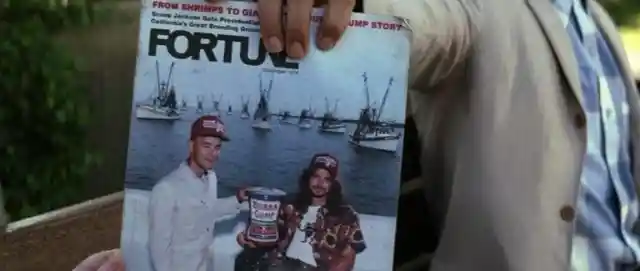
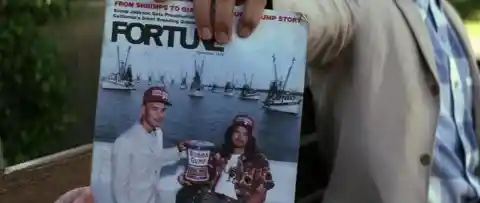
Tom Hanks is a pretty photogenic guy. His character Forrest Gump, on the other hand? He could probably take a few pointers from the man who also adroitly plays him.
It is not that Forrest is a bad looking guy. However, if you look closely at any of the still shots of him featured in the film, you might notice something. His eyes are not open in a single one of them.
That Old House
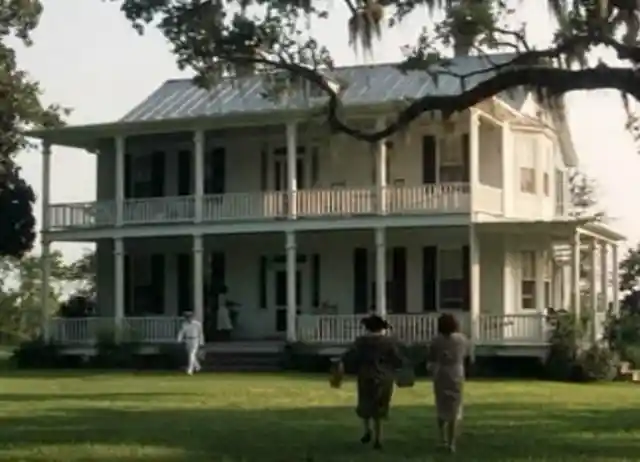
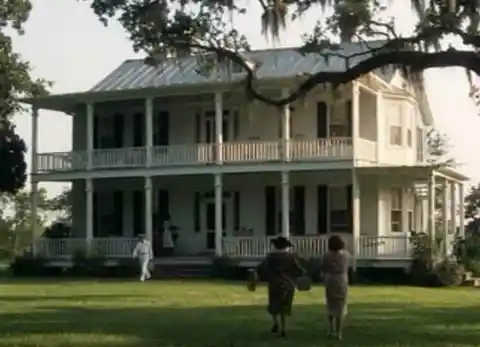
Remember the old plantation-style house Forrest grew up in? Well, turns out that house wasn’t so old after all. While the home looked like it had been there for decades, it was actually built specifically for the movie.
According to cast members, the house was built very quickly and not up to code. It was demolished shortly after shooting ended and was located outside Varnville, South Carolina. The city from the film, Greenbow, Alabama, doesn’t actually exist.
Not A Prop
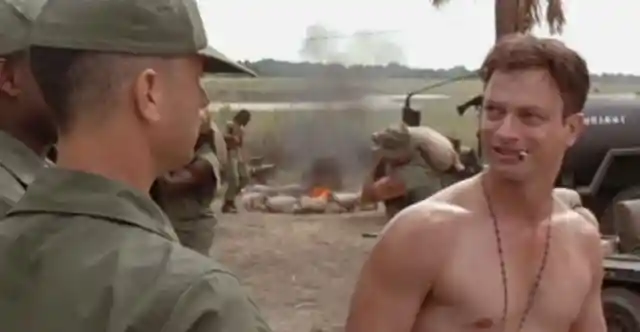
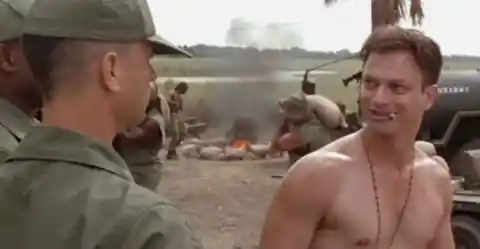
Lieutenant Dan, played by actor Gary Sinise, led Forrest and Bubba’s platoon during the Vietnam War. The character in the film is said to have lost ancestors in every US war and wears a rosary with a St. Christopher medal with the inscription “Protect Us In Combat.”
The necklace, however, was not just another prop. It actually belonged to Gary Sinise’s brother-in-law who wore it during the actual Vietnam War. The war lasted a grueling 10 years and claimed the lives of 58,220 US service members.
The Novel
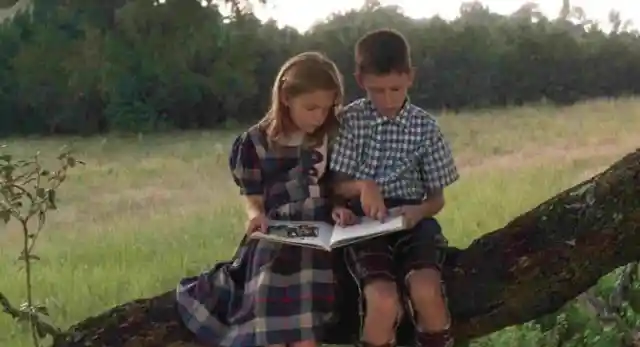
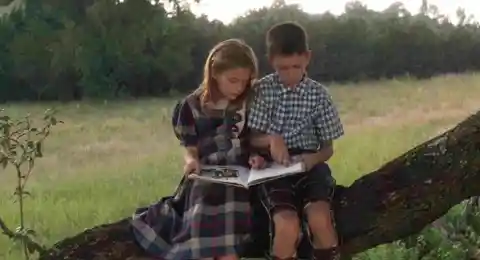
Many great films are based on great novels. Take masterpieces like To a Kill a Mockingbird and A Clockwork Orange for instance. Many people forget that Forrest Gump is, in fact, one of those films as well.
The book Forrest Gump was published in 1986, written by a man named Winston Groom. The film, for the most part, stayed loyal to the book when it came to the large details: the Vietnam War, the shrimping endeavors, and even the ping pong tournament. However, the film did clean up some of Forrest’s language to make him more the wholesome guy we know him as today.
The Overlooked Author
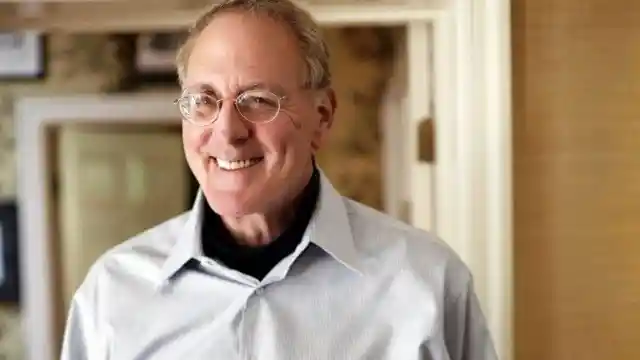
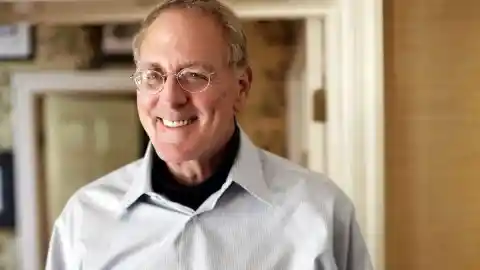
If you are a writer, you probably understand the joy that comes with knowing that you inspired another artist to create something worth paying attention to. As such, you would expect author Winston Groom to be overjoyed that his novel inspired such a classic film and that all the creative minds behind said film would be waxing poetic about how much the novel shaped their project.
Sadly, not one person involved with Forrest Gump ever acknowledged the poor author. Nobody acknowledged him in a speech at the Academy Awards, at which Forrest Gump was endlessly honored. No one even muttered a single thank you to him in private. Needless to say, he certainly never saw a paycheck for his indirect contribution to one of the most successful films of the 90’s either.
Insult To Injury
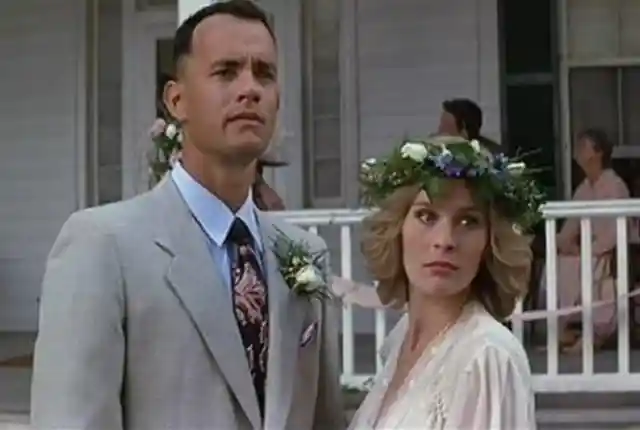
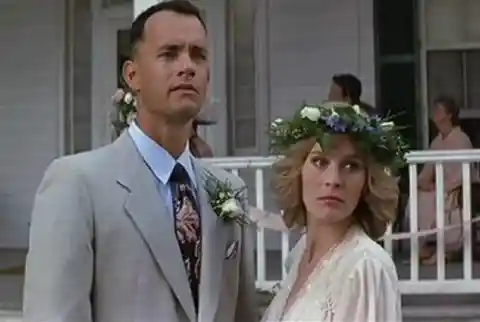
Not only was the poor author overlooked, many people still don’t realize that the film was based on Winston Groom’s book. Nor that he wrote a sequel to Forrest Gump entitled Gump & Co. When the film was re-released for IMAX in 2014 it wasn’t shown in Groom’s hometown of Mobile, Alabama.
While it may not have been intentional, Groom took it as a personal slight against him. Can you imagine? The film is based on Groom’s novel and wasn’t even released in theaters in the city where he lives. The author told the Alabama Media Group that same year that it was “embarrassing.”
A Hit Soundtrack
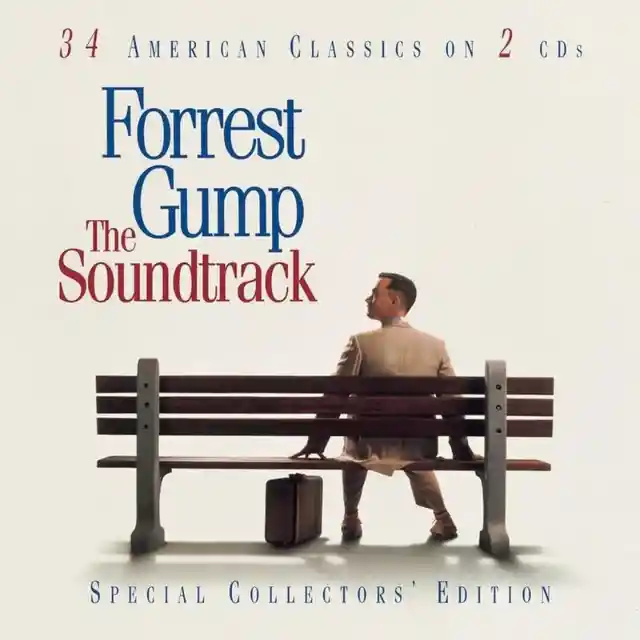
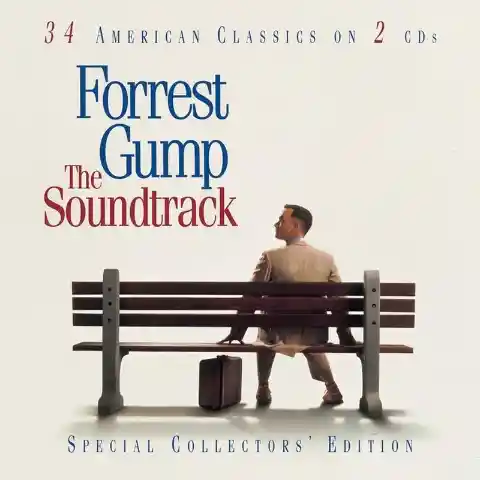
Not only was Forrest Gump a wild success with moviegoers. Its soundtrack also happened to bring in quite a bit of money. It features such songs as “Fortunate Son” by Creedence Clearwater Revival, “For What It’s Worth” by Buffalo Springfield, and “Sweet Home Alabama” by Lynyrd Skynyrd.
The soundtrack did so well, in fact, that it sold over 12 million copies. These sales came from countries all over the world. And of course, many of those songs are still classics today.
The Scene That Cost Eternity
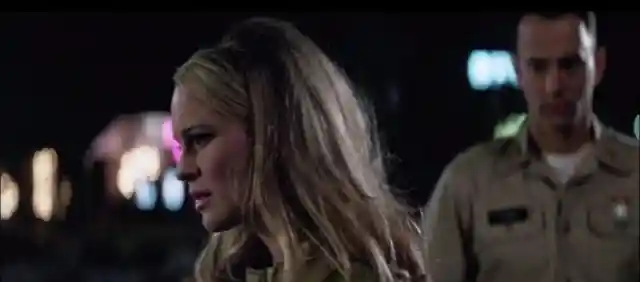
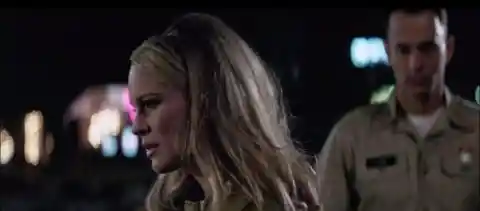
Or at least, it probably seemed that way to actress Robin Wright, who portrayed Jenny in the film. She gives a gorgeous performance in the nightclub scene, strumming at a guitar that offers just tantalizing glimpses of her naked figure.
Most impressive, a lot worked against Wright when it came to filming that scene. For one, it took literally an entire day total (not all at once, thank god!) to get the scene perfect. Meanwhile, Wright had been sick for a good portion of the filming, trying very hard to work through sniffles and a runny nose.
The Fake Lip
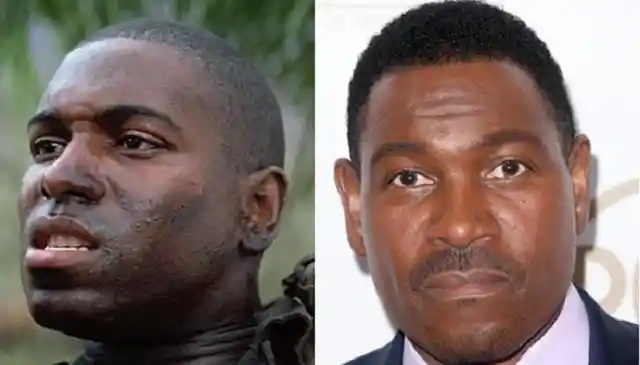
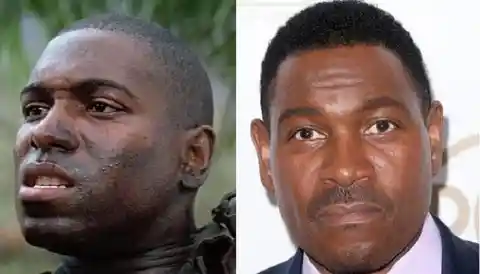
Mykelti Williamson played an unforgettable Bubba. He looked and played the part so well that it was easy to overlook one very notable thing about him that was all Hollywood magic. That thing was his lower lip.
Yes, that jutting lip we have come to associate with Bubba is in fact just a prosthetic. He had to be fitted for it, which took quite awhile to perfect. That’s probably why it ended up looking so convincing. So don’t feel too bad if you fell for it. Many people were shocked when they saw the actor off set, no longer sporting that signature feature.
A Little Artistic Inspiration
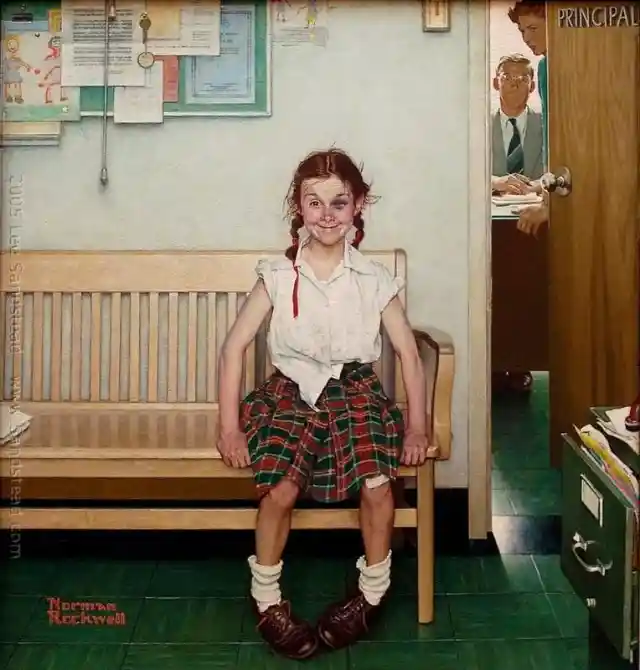
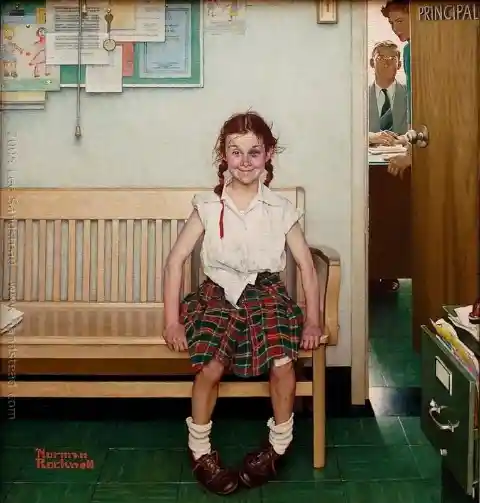
You cannot help get engrossed in young Forrest Gump’s quaint, small-town world. There is just something so serenely American about it, almost as though that very universe were plucked from a painting.
In fact, that is not far from the truth. The quiet world that unfolds in Forrest Gump was actually modeled after the work of Norman Rockwell, an artist famous for his realistic paintings that offer nuanced glimpses into singular moments of life.
Great Year For Movies
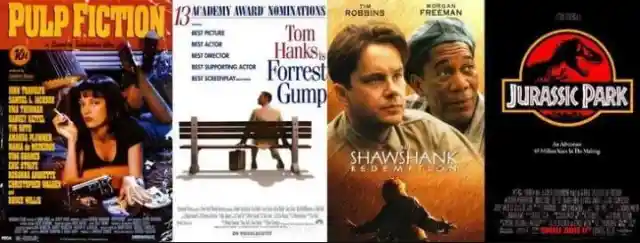
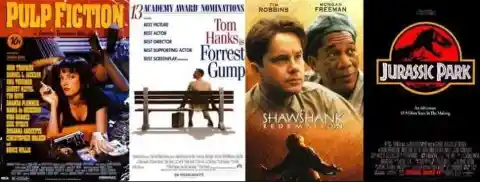
The year 1994 was an amazing year for movies. During the month of October the incredibly popular films Pulp Fiction, Forrest Gump, Shawshank Redemption and Jurassic Park were all playing in theaters at the same time. Talk about difficult decisions!
Forrest Gump quickly jumped to number one at the box office and stayed in theaters for a whopping 42 weeks straight. It earned well over $300 million in the US and Canada and at the time was the fourth-highest grossing film ever.
Raining Money?
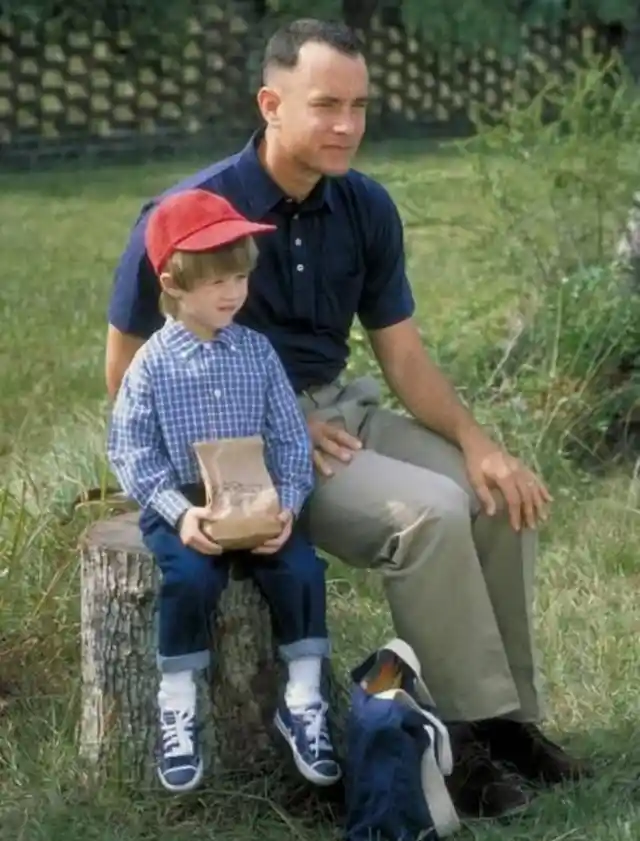
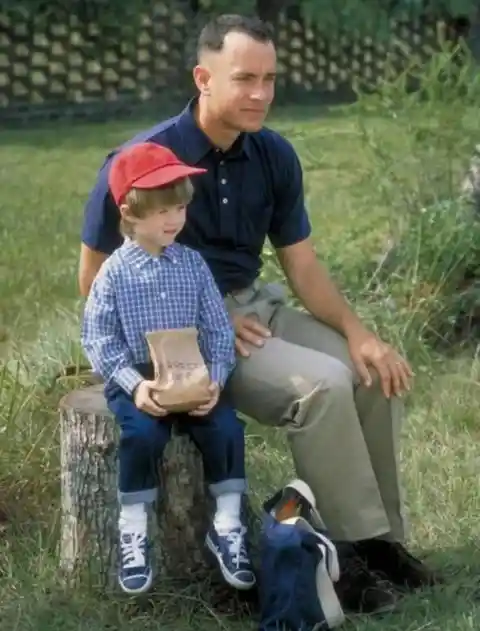
Forrest Gump was a box office hit. Although it came into existence on a budget of just $55 million, it managed to rake in a grand total of over $677 million. To anyone, that is enough money to take a dive into head first. However, Paramount Pictures did not quite see it that way.
Promoting the film ended up costing a lot, to the point that the profits that resulted did not seem so large to the powers-that-be behind it. In fact, it was reported that even that massive $677 million could not completely eat up the advertising costs, leaving the studio $62 million poorer.
Almost Didn’t Happen
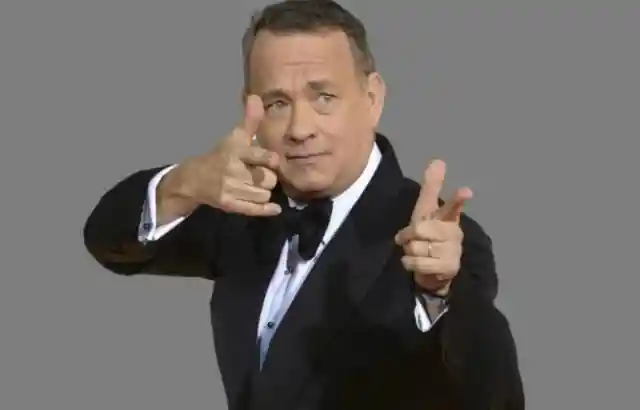
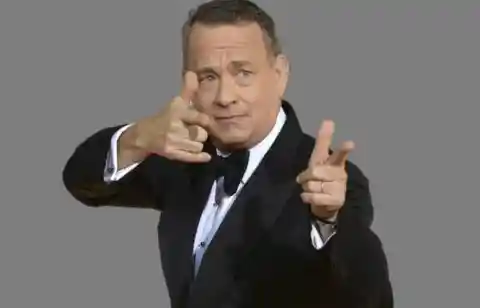
Not only did the film not bank a profit, it almost didn’t even come out at all due to financial troubles. Hanks revealed in 2015 that at one point the studio was “48 hours away from shutting the movie down” due to money issues.
Hanks and the director eventually shelled out the money themselves to finish the film. We’re sure they’d tell you today that it was worth it, even though the film didn’t make much money. Forrest Gump has been described as a “successful failure” in terms of revenue, despite being director Zemeckis’ highest-grossing film to date.
That’s Ok, Don’t Pay Me
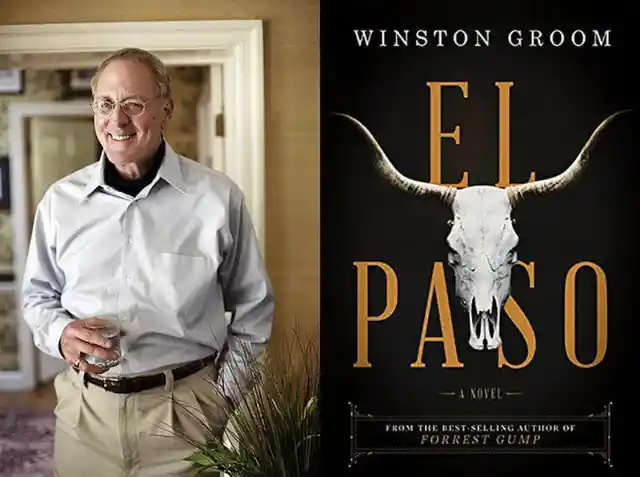
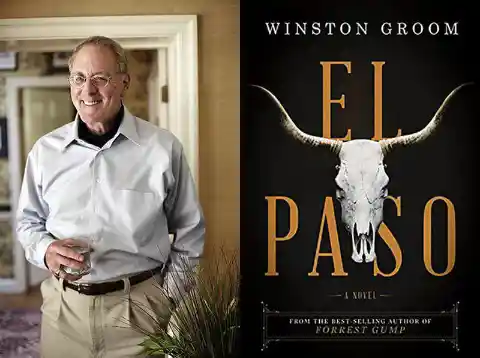
The movie did so poorly financially that actor Tom Hanks didn’t even receive an actor’s fee for the movie. Instead, he opted to be paid in percentage points, earning him around $40 million. The author, unfortunately, was paid just a mere $350,000 for the screenplay rights to his book.
Apart from that, he opted to receive a three percent share of the movies’ net profits. But, as previously mentioned, the films didn’t make a profit, leaving the author with nothing. This led to a dispute between Groom and Paramount that was later settled after they bought the rights for another one of his books.
Children at Work
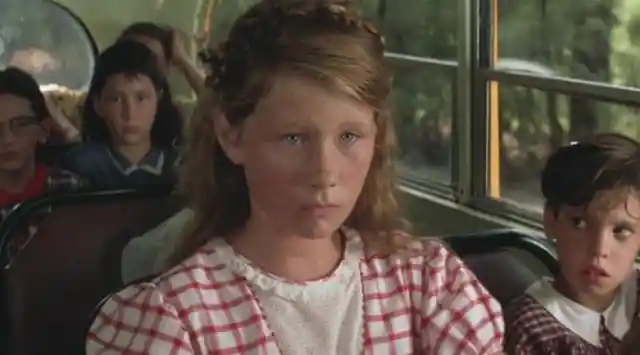
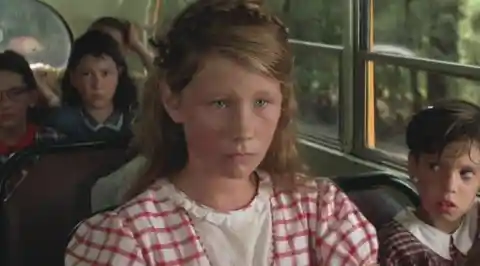
You might remember very clearly the scene in which Forrest Gump boards the school bus for the first time. Heartbreakingly, he is denied a seat next to his peers–twice. But those peers are played by not just any kids plucked off the streets and then thrust into a film.
In fact, the two children who refuse to allow Forrest to sit beside them are children of people very involved in the film. The boy is the son of director Robert Zemeckis. His name is Alexander. Additionally, the girl who shuns Forrest is actually Tom Hanks’s own daughter, Elizabeth.
Another Missed Opportunity
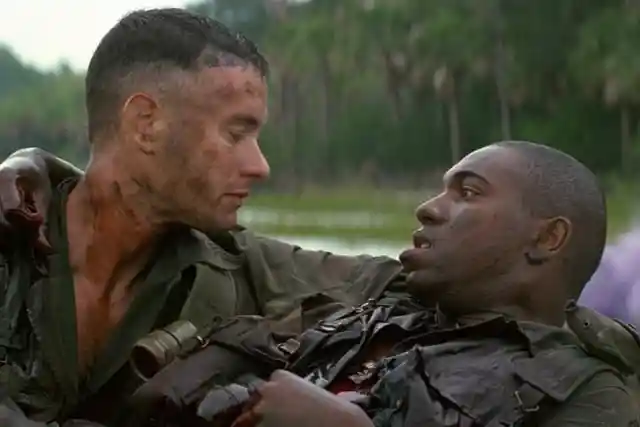
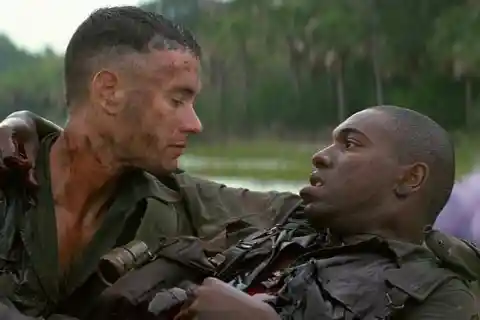
John Travolta can look on the bright side: at least he was not the only one to turn down a pivotal role in this film that ended up being a success both in terms of box office frenzy and critical acclaim. Several big names had the chance to play Forrest’s friend Bubba–but blew it.
These actors were Ice Cube, David Alan Grier, and Dave Chappelle. Each actor had his reason for declining the role. Ice Cube simply felt uncomfortable playing a disabled character. David Chappelle was a bit more blunt in his explanation: he just did not envision the film doing all that well. Of course, he has since eaten his words and joined John Travolta in his burning regret.
Sequel Anyone?
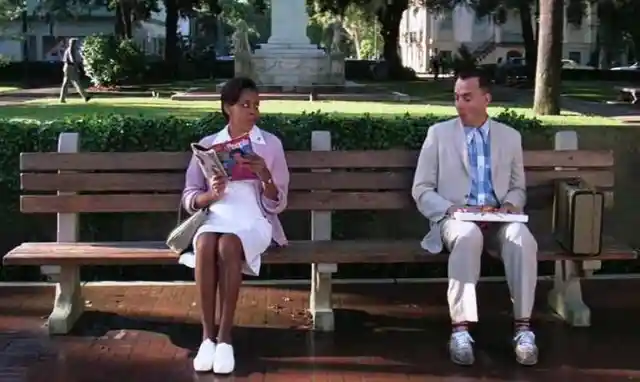
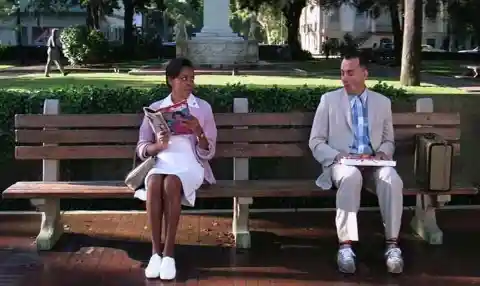
With a sequel novel already published audiences fully expected to see a follow-up Forrest Gump film. Why not? Hollywood rarely misses an opportunity to rake in some more cash. It seems that there was just one problem with a sequel: no one wanted to do it.
Most critics considered the “successful failure” of Forrest Gump a strange fluke. Also, leading actor Tom Hanks has said that he will never consider another Gump movie. He claims that a follow-up movie would “ruin what we had done.”
Post-9/11 World
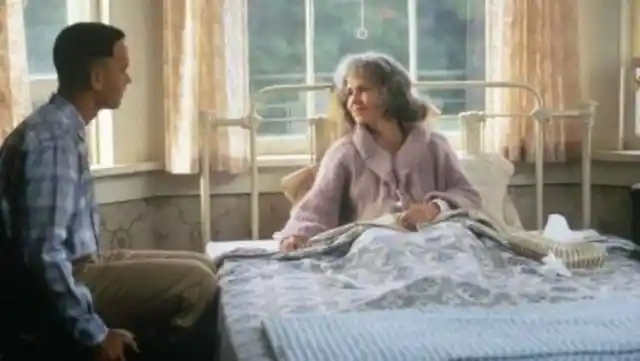
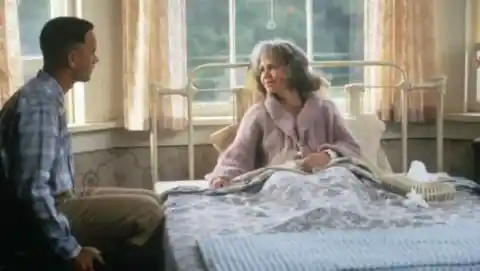
The idea of a second movie has been shopped around Hollywood for a long time now. In fact, a screenplay was written by Eric Roth. Roth completed the screenplay and dropped it in the mail for submission. That was on September 10, 2001…
Producers felt that the film was no longer relevant in a post-9/11 America and that the Baby Boomer audience that ate up the first one wouldn’t be so generous a second time. Needless to say, don’t expect to see a Forrest Gump sequel anytime in the near future.
Imagine Gump Meeting Lennon
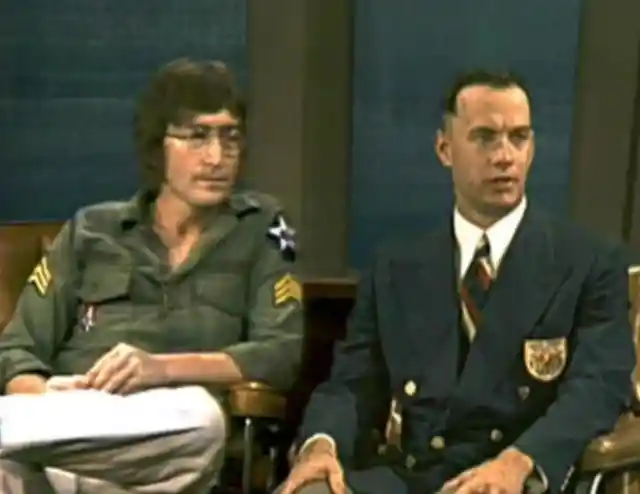
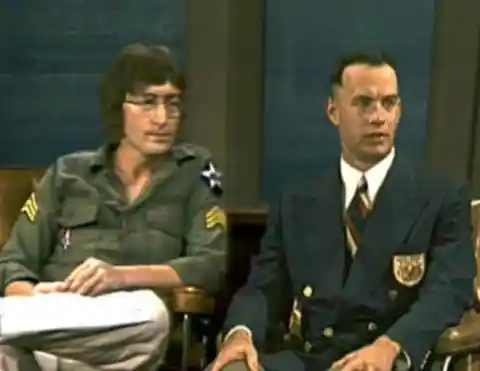
Another classic scene in Forrest Gump is when he appears on the Dick Cavett Show alongside fellow show guest, the iconic Beatles musician John Lennon. In the movie, Forrest Gump has just come back from playing ping pong in China and appears to help inspire Lennon’s song Imagine.
Once again, impressive digital video effects were used to create this scene. The scene was a real one from the Dick Cavett Show, but for the movie, Yoko Ono was digitall removed and video of Tom Hanks as Forrest was added in instead.
Portraying Lieutenant Dan
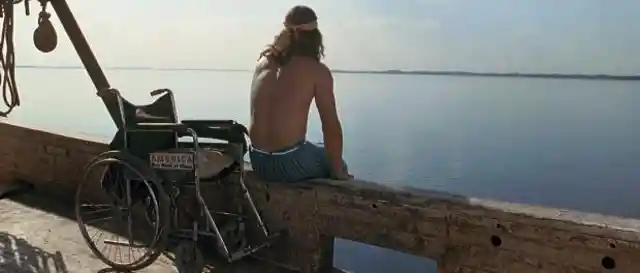
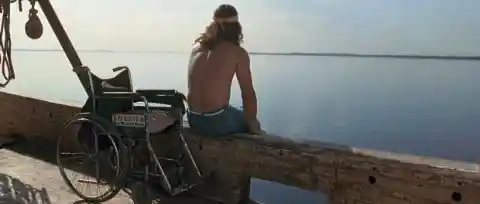
Ah, Lieutenant Dan. While there was a certain gruffness to him throughout the film, there was also a lot to love about his character. We especially begin to feel for his character later in the film when we see him vulnerable and uncertain, now crippled from the war.
Getting Lieutenant Dan’s injuries to look realistic was indeed a feat of cinematic technology. Actor Gary Sinise sat in a wheelchair and appeared to have no legs. However, the genius digital team behind the film simply had him wear a blue fabric that neatly concealed his lower legs, achieving a very convincing illusion.
The Magic of CGI
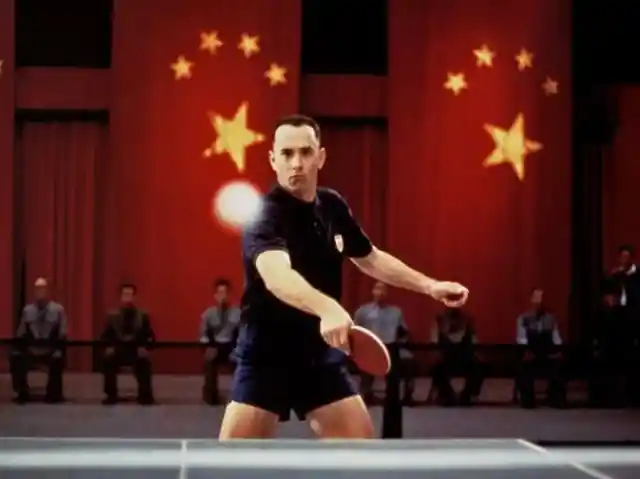
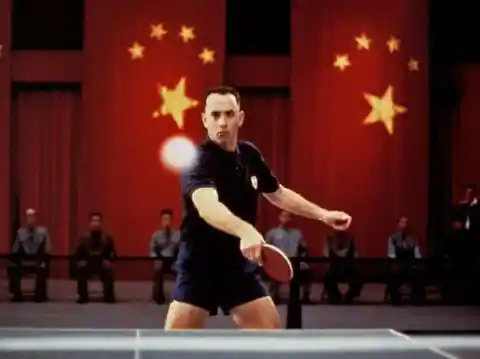
Even back in 1994 CGI was able to create some pretty eerily convincing illusions. We have already pointed out many of the effects achieved in Forrest Gump, most of which went unnoticed by viewers for years until they finally zeroed in on them or had them pointed out to them by more observant friends. Here is another to add to your special effect file.
As you can imagine, shooting a ping-pong tournament is no easy task. That little ball goes everywhere, ricocheting off surfaces faster than the average eye can manage to follow. When the ping-pong tournament is being played by actors who really do not know much about ping pong, that can make things even more challenging.
That is where CGI comes in. That ball you see flying between Forrest and his opponent during the tournament? It was not real; it was crafted meticulously using CGI, designed to hit the paddle just so to create the illusion of mad ping pong skills.
Other Potential Forrest Gumps
